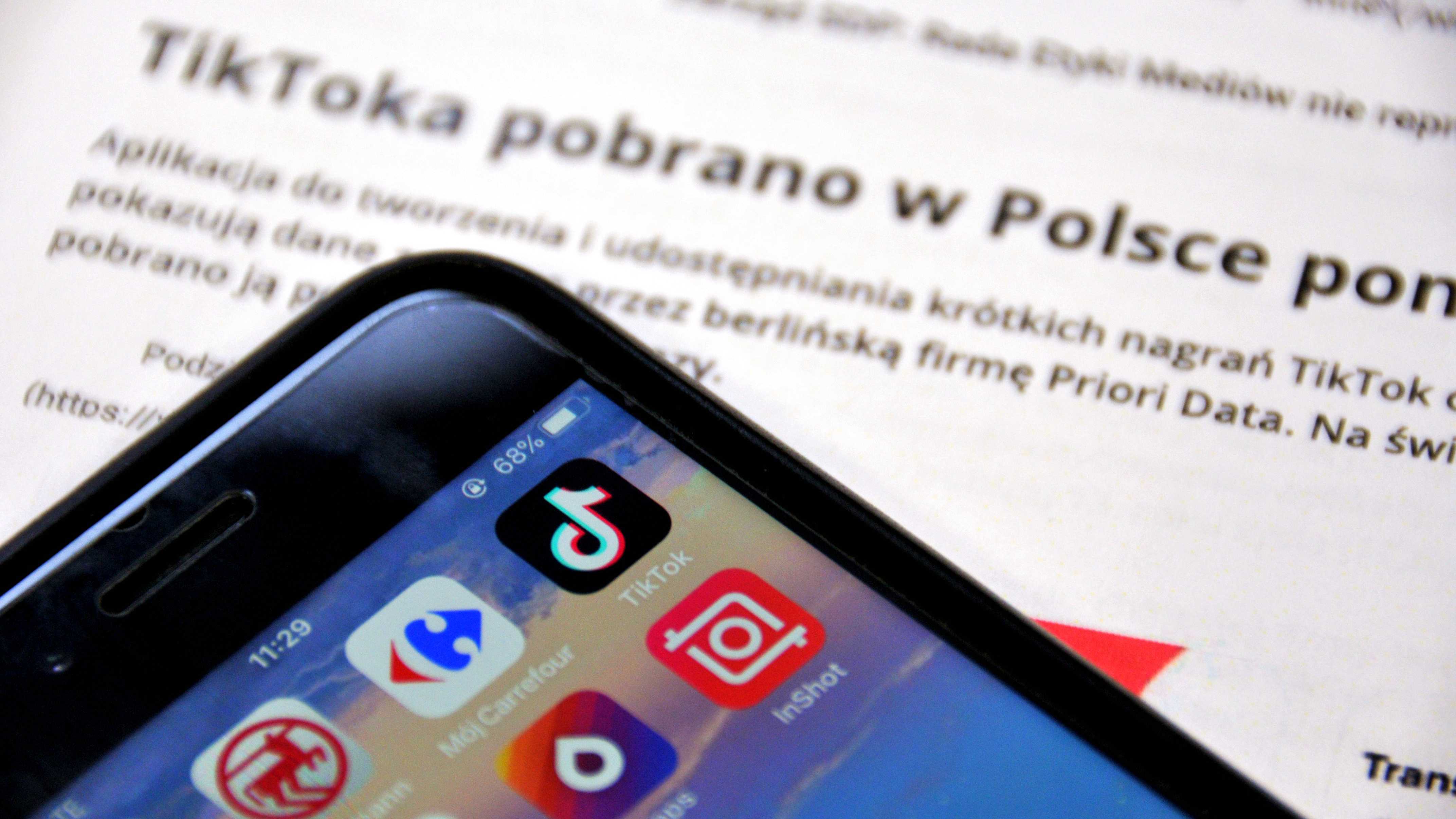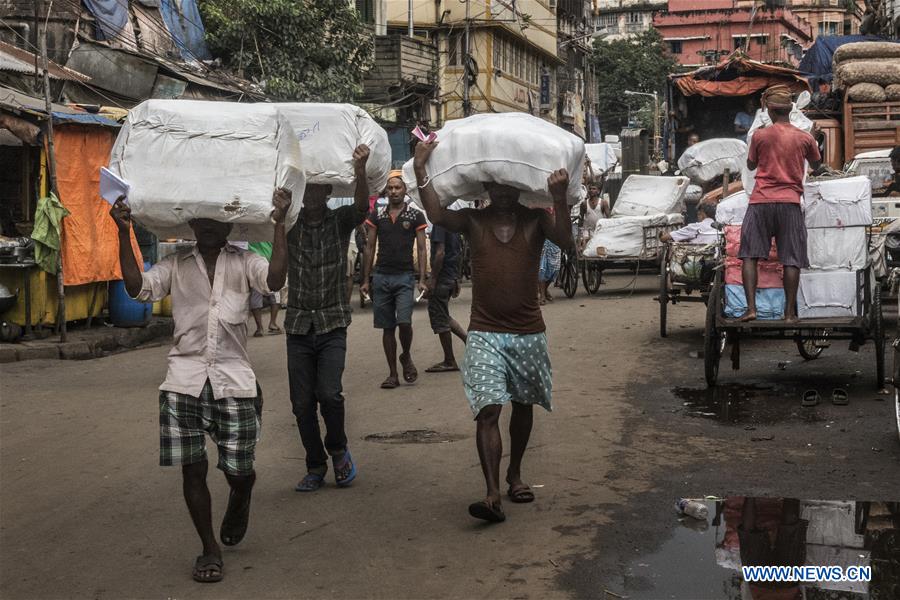
The Tiktok app icon (upper right corner) on a smartphone screen, February 13, 2019. /Xinhua
The Tiktok app icon (upper right corner) on a smartphone screen, February 13, 2019. /Xinhua
Editor's note: Andy Mok is a research fellow at the Center for China and Globalization. The article reflects the author's opinions and not necessarily the views of CGTN.
Earlier this week, India announced a ban on 59 Chinese apps including some that provide vital economic opportunities and productivity tools to the people of India. It has done this to open a new front in its skirmish with China and this is a mistake for several reasons.
First, escalating a conflict with China will weaken India geopolitically and increase the risk of triggering a domestic political crisis. Besides China, India is surrounded by states like Pakistan, Sri Lanka, Nepal and Bangladesh and its relationships with these neighbors have been on a downturn since Indian Prime Minister Narendra Modi's accession to the top spot despite his declaration of a "Neighborhood First" policy.
An ongoing conflict with China may be distracting and expose Indian weaknesses that could be exploited by other countries, especially by those with whom India has border disputes. Given the rising tide of Hindu nationalism in India, these border issues can easily exacerbate domestic political problems including reinvigorating and empowering Sikh, Tamil and other separatist ambitions.
Next, India still faces daunting domestic development challenges that should be addressed. Despite having a population of similar size to China's and having about the same GDP and per capita GDP as China 40 years ago, today its GDP of 3.2 trillion U.S. dollars is 20 percent of China's 15.3 trillion U.S. dollars. Similarly, India's per capital GDP of about 2,300 U.S. dollars is less than a quarter of China's 10,800 U.S. dollars.
Achieving higher literacy rates is vital for socioeconomic progress and this remains a development challenge for India. In 2020, the literacy rate reached 81.3 percent compared with 35 percent in 1971. But growth in literacy has been described as sluggish with some researchers predicting that universal literacy will not be reached until well after 2050.
Moreover, there is a wide gender gap in literacy with an effective literacy rate for men at 82 percent and 65 percent for women. Similarly, literacy rates vary widely by state with Bihar, which is the world's third most populous subnational entity, the lowest at 64 percent.
Life expectancy in India is the final domestic challenge. For men, it is 67.3 years, 69.6 years for women and 68 years overall. One important contributor to higher life expectancies is access to health care. Here also India lags behind with approximately 50 physicians per 100,000 population. By comparison, Greece, Spain and Austria have about 10 times the number of doctors per capita.

Indian laborers carry heavy goods near the wholesale market of Burrabazar in Kolkata, India, September 20, 2018. /Xinhua
Indian laborers carry heavy goods near the wholesale market of Burrabazar in Kolkata, India, September 20, 2018. /Xinhua
By banning Chinese apps, India makes addressing these developmental challenges even more difficult. With more than 190 million downloads, India is TikTok's biggest market outside China (the U.S. is second with 41 million). But TikTok is more than just entertainment for hundreds of millions around the world. It is also a way for young and creative people to earn a living.
India's rich and vibrant cultural heritage provides its citizens, especially women, with opportunities to share that culture with the world as well as provide a source of income that can be life-changing.
In terms of education, Chinese universities like Tsinghua and others have pioneered online learning technologies and methodologies to provide access to traditional and non-traditional students around the world. These education platforms can play a vital role from providing basic literacy to advanced technical skills in India.
Similarly, payment and e-commerce apps can provide a ladder for Indians to climb out of poverty and to a prosperous and more dignified life. The rise of Taobao villages in China provide a useful example of how those in rural areas can participate in global commerce without suffering the dislocations associated migrating to places with better economic opportunities.
While there are other apps available, because China and India share important similarities regarding socio-economic development, Chinese apps and the companies behind them can offer the most relevant functions and experience. In particular, rural e-commerce can be an especially effective means for addressing gender inequality in India by providing women with an independent source of income and the means to improve their education level.
Finally, developing a comprehensive and integrated app ecosystem that is appropriate for India's development stage and objectives can help improve healthcare. China has made important advances in telemedicine and other app-based approaches to delivering medical care to places where traditional healthcare is not available. By working with China and taking advantage of its investments and expertise in this domain, India can achieve healthcare outcomes more cheaply and quickly.
There is much to be gained by India if it works with China, especially in the area of technology. In particular, Chinese apps and the companies behind them can help India address and overcome longstanding socioeconomic challenges such as poverty, literacy, healthcare and gender inequality. India's government would be wise to recognize this.
(If you want to contribute and have specific expertise, please contact us at opinions@cgtn.com.)